Dr. Iris Kuss: ARANOTE Trial Results Signal a New Era in Prostate Cancer Treatment
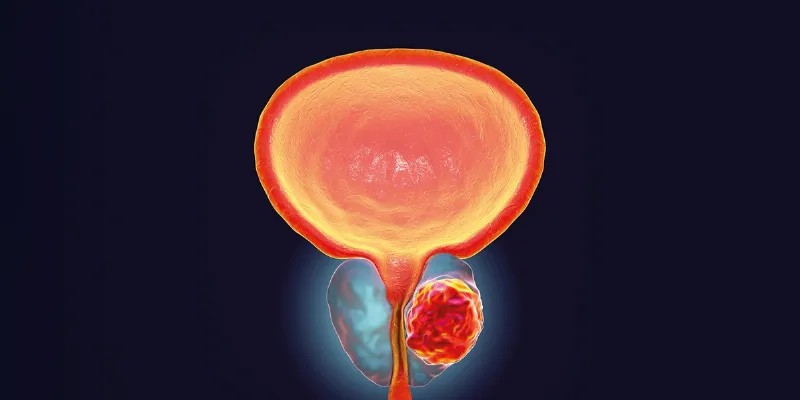
1 August 2025
The ARANOTE trial results demonstrated that darolutamide plus androgen deprivation therapy (ADT) reduces the risk of progression or death by 46% in patients with metastatic hormone-sensitive prostate cancer (mHSPC), offering a robust safety profile and excellent tolerability comparable to ADT alone. In this exclusive interview Dr. Iris Kuss, VP and Global Development Lead Oncology at Bayer, discusses the findings of the ARANOTE trial and Bayer’s vision for prostate cancer care.
Dr. Kuss discusses how these results, alongside ongoing trials and innovative combination therapies, underscore Bayer’s commitment to personalized cancer treatments, aiming to delay disease progression, improve quality of life, and expand options for prostate cancer patients worldwide.
Could you provide an overview of the ARANOTE trial, including its design, key objectives, and primary endpoint? How do the trial’s outcomes, particularly regarding progression-free survival with darolutamide plus ADT, contribute to advancing treatment options for metastatic hormone-sensitive prostate cancer?
Dr. Kuss: The ARANOTE trial is our third major study for darolutamide, focusing on patients with metastatic hormone-sensitive prostate cancer (mHSPC). This trial was specifically designed to offer an additional treatment option without the need for chemotherapy, complementing our ARASENS trial.
The study enrolled 669 patients, randomized to receive darolutamide plus ADT or ADT with placebo. The primary endpoint was radiological progression-free survival (rPFS), while secondary endpoints included overall survival, time to metastatic castration-resistant prostate cancer (mCRPC), time to PSA progression, time to pain progression, and time to subsequent anti-cancer therapies. The results have been very promising.
For the primary endpoint, we observed a 46% reduction in the risk of progression or death, with a hazard ratio (HR) of 0.54. Subgroup analyses revealed risk reductions of 70% and 40% for low- and high-volume disease, respectively. Secondary endpoints also showed significant benefits.
For overall survival, we observed a 19% reduction in the risk of death. Time to mCRPC showed a notable HR of 0.40, while time to PSA progression had an impressive HR of 0.31, reflecting a clinically meaningful delay in the onset of the more severe mCRPC stage, which is associated with higher morbidity and mortality.
I am a board-certified internist with a career primarily focused on oncology. I began my journey in Graz, Austria, and spent four years in translational oncology research at the Pittsburgh Cancer Institute. For the past 20 years, I have been in the pharmaceutical industry, working across early and late clinical development. Over the last decade, I have concentrated on prostate cancer, specifically leading the development of darolutamide at Bayer.
Additionally, time to pain progression demonstrated a HR of 0.72, further highlighting the patient-centric benefits. Overall, the ARANOTE trial underscores darolutamide’s robust efficacy when combined with ADT, with positive outcomes across all primary and secondary endpoints, offering significant hope for mHSPC patients.
Given the positive results of darolutamide with ADT, both with and without docetaxel, how might these findings influence treatment protocols for mHSPC?
Dr. Kuss: In our prior ARASENS trial, we combined darolutamide with ADT and docetaxel, demonstrating a clear overall survival benefit. With the ARANOTE trial, we focused on combining darolutamide with ADT alone. This approach was designed to provide patients with the flexibility to choose the best treatment option—either combining darolutamide with ADT alone or with ADT and docetaxel.
These options are crucial for treating physicians to tailor individualized treatment plans, ensuring the best outcomes based on each patient’s specific needs. The ability to offer both chemotherapy and non-chemotherapy combinations is a significant advancement in personalized prostate cancer care.
The ARANOTE trial did not include chemotherapy. How might the absence of chemotherapy in this protocol alter patient quality of life and treatment adherence compared to traditional combination treatments?
Dr. Kuss: In the ARANOTE trial, we combined darolutamide with ADT, aligning with the evolving standard of care for prostate cancer: an androgen receptor pathway inhibitor plus ADT. This can also be paired with docetaxel based on the patient’s needs and disease characteristics. Importantly, the trial reaffirmed darolutamide’s excellent safety profile, with no new safety signals identified. Treatment-emergent adverse events were similar to the placebo arm, and discontinuation rates were lower in the darolutamide arm.
Notably, fatigue, a common side effect of androgen receptor inhibitors, occurred less frequently in the darolutamide group (5.6%) compared to the placebo group (8.1%). These results underscore darolutamide’s tolerability, ensuring a high quality of life for prostate cancer patients, particularly older men. A well-tolerated treatment is critical for this population, and ARANOTE strengthens darolutamide’s role in personalized, effective prostate cancer care.
Could you elaborate on the unique molecular mechanism of darolutamide as an androgen receptor inhibitor and how its low potential for blood-brain barrier penetration might benefit patients compared to other therapies?
Dr. Kuss: Darolutamide stands out among androgen receptor inhibitors due to its unique structural design, resulting in low blood-brain barrier penetration and minimal drug-drug interactions.
This is particularly beneficial for prostate cancer patients, who are often older men managing multiple comorbidities and taking various medications. The reduced potential for drug interactions allows for easier combination with other treatments, enhancing patient care.
Additionally, the low blood-brain barrier penetration is likely linked to fewer neurological side effects, such as fatigue, which is a common concern with other treatments. This unique profile makes darolutamide a highly advantageous option for older prostate cancer patients, offering both efficacy and improved tolerability in complex treatment scenarios.
How does darolutamide’s safety profile in the ARANOTE trial compare to previous trials such as ARAMIS and ARASENS, and what implications does this have for the long-term tolerability?
Dr. Kuss: We have consistently observed that darolutamide is an extremely well-tolerated compound across multiple trials. In our first Phase III trial, ARAMIS, focused on non-metastatic castration-resistant prostate cancer, darolutamide demonstrated a strong safety profile.
Similarly, in the ARASENS trial, where we combined darolutamide with docetaxel, the safety profile remained consistent, with side effects primarily related to docetaxel. In the ARANOTE trial, darolutamide showed an even better safety profile, comparable to ADT alone. Notably, discontinuation rates were lower in the darolutamide arm, further highlighting its tolerability.
Patients continue to benefit from darolutamide in long-term follow-ups. In our rollover study, we have seen no new safety signals, underscoring its long-term safety. Remarkably, one patient has been on darolutamide for over 10 years, tolerating the drug exceptionally well. This reflects darolutamide’s ability to provide effective treatment while maintaining a high quality of life for prostate cancer patients over extended periods.
What are Bayer’s next steps for darolutamide in terms of exploring its use across other stages of prostate cancer or in combination with emerging treatment modalities?
Dr. Kuss: Our goal with tolerable treatments like darolutamide is to delay the progression to metastatic and castration-resistant prostate cancer for as long as possible, ideally curing patients or significantly extending the time before they reach advanced stages. To achieve this, we are shifting earlier in the treatment paradigm.
Currently, we have two Phase III trials underway: one in patients with biochemical recurrence and another in early-stage, adjuvant settings. These trials aim to either cure patients or substantially delay the progression to metastatic castration-resistant prostate cancer.
Maintaining patients’ quality of life is a core focus. We want them to continue living the life they desire without compromising on the quality they are used to. Additionally, we are exploring combination therapies, collaborating with other pharma companies. For example, we have ongoing Phase III trials with PARP inhibitors and PSMA inhibitors for metastatic CRPC. These efforts reflect our commitment to advancing personalized and effective prostate cancer treatments.
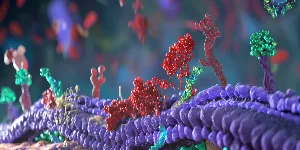


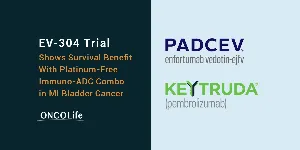


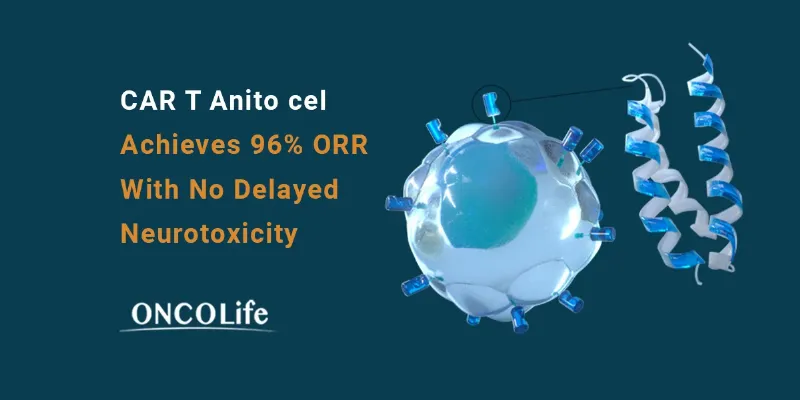

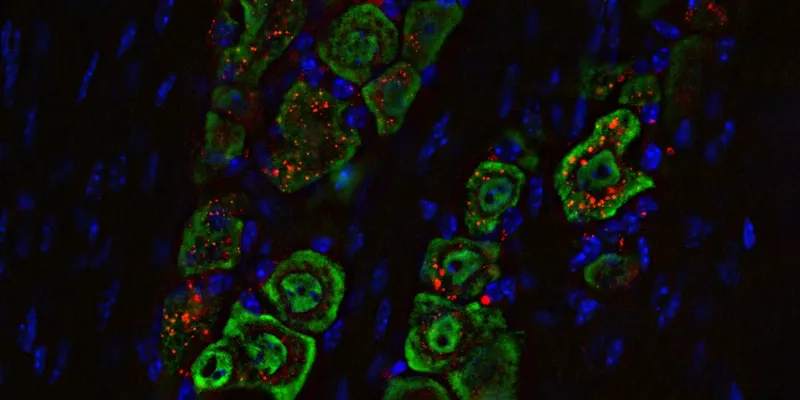


Comments
No Comments Yet!